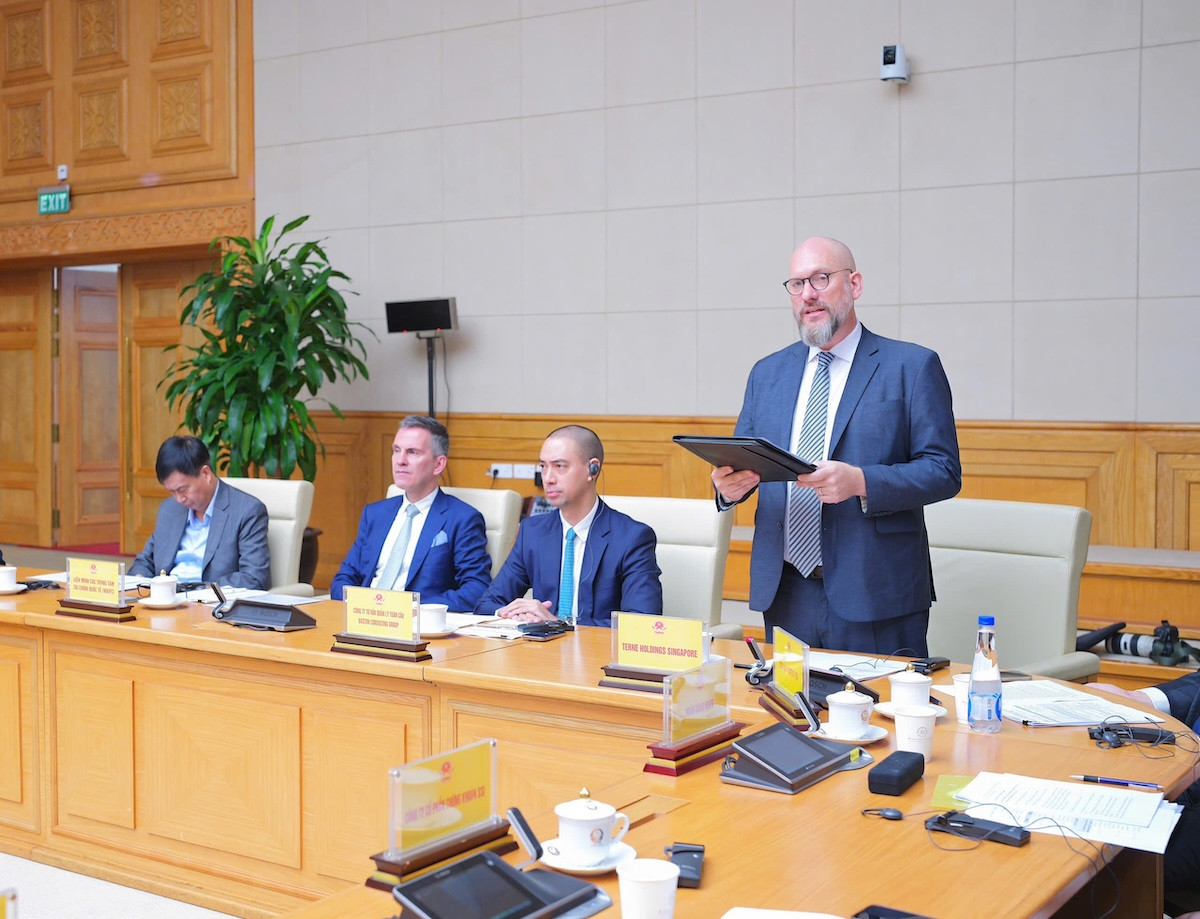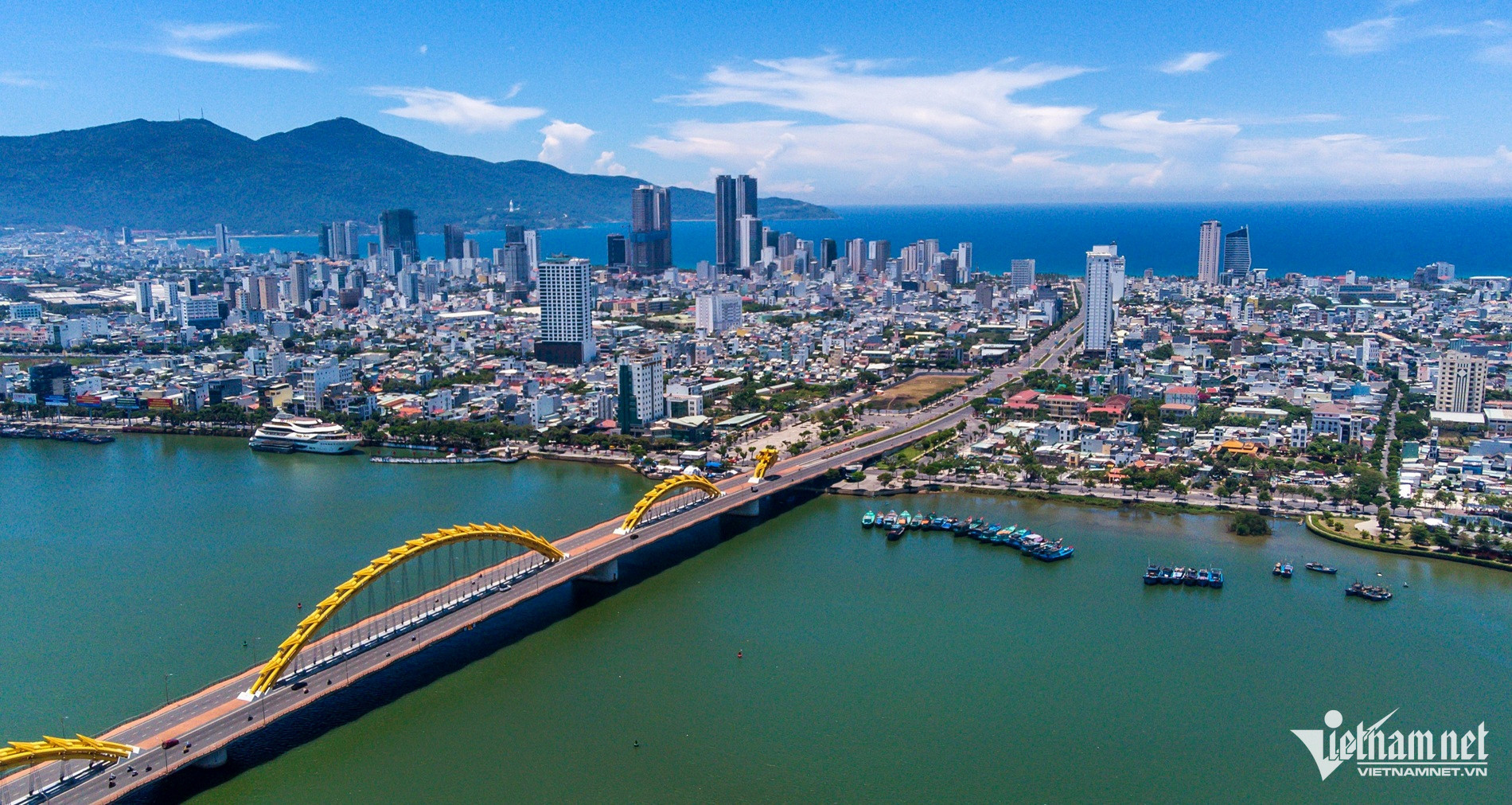The most successful new international financial centers are no longer limited to a single location. Instead, they are evolving into multi-node ecosystems.

Richard McClellan
At a conference on May 20 discussing the development of a National Assembly resolution for establishing an international financial center (IFC) in Vietnam, Richard McClellan, Global Ambassador for Terne Holdings and former Country Director of the Tony Blair Institute, focused on a question that, according to him, has repeatedly emerged in technical and policy discussions without a comprehensive answer.
“It’s not just a matter of asking ‘Why Da Nang?’ but the more challenging and important question is: ‘How can Da Nang realize that role?’” McClellan posed.
The essential question is: What model of international financial center are we building?
Richard McClellan stated that in the past decade, the most successful new IFCs have moved away from the traditional single-location model. Instead, they are built as multi-node ecosystems, where different cities take on specialized, complementary roles based on their comparative advantages.
According to McClellan, Vietnam has a significant opportunity to develop a world-class international financial center not as a centralized hub but as a multi-node ecosystem.
In reality, many successful IFCs around the world follow this model.
For instance, in the UAE, Dubai leads in global finance while Abu Dhabi drives policy innovation.
In China, Shanghai is the capital center, Shenzhen leads in fintech, and Hainan serves as a regulatory sandbox.

Da Nang holds many advantages for establishing a financial governance center.
In the UK, London is the financial hub, while Edinburgh specializes in insurance and asset management.
“Vietnam can absolutely adopt a multi-node ecosystem model, with Ho Chi Minh City and Da Nang playing distinct yet complementary roles. This approach can help mitigate systemic risks, distribute economic opportunities more equitably, and enhance national financial resilience,” McClellan recommended.
Especially as Vietnam aims for an upgrade to emerging market status, the transition could attract billions of dollars in passive investment from global financial institutions.
In this context, diversification beyond a single financial hub is often considered a prerequisite for market reclassification by rating agencies such as MSCI.
Furthermore, the multi-node model boosts national financial resilience. An IFC designed this way is not reliant on a single geographic location, population base, or infrastructure system.
“If Vietnam wants a global IFC, it must be seen as a unified ecosystem rather than a single destination. Within that system, Ho Chi Minh City and Da Nang are not rivals but partners,” McClellan emphasized.
Da Nang, with its existing infrastructure, skilled workforce, and proactive local government, is well-positioned as a strategic component in this ecosystem.
“I hope policymakers and investors will support the model of ‘two centers, one vision’: Ho Chi Minh City as the growth engine, Da Nang as the hub for experimentation and innovation,” McClellan proposed.
As the local authority implementing the policy and plans for developing an international financial center, Nguyen Van Quang, Secretary of the Da Nang Party Committee, said that while different viewpoints were shared, there was a consensus on the necessity of establishing an international financial center in Vietnam.
This could either be two separate IFCs or one IFC operating across two distinct locations: Da Nang and Ho Chi Minh City.
According to Quang, this dual-location approach plays a crucial role in diversifying the investment environment for financial institutions and investors, while also improving risk control and management.
He added that alongside policy and regulatory proposals, Da Nang has been preparing the required conditions, ecosystems, and both physical and digital infrastructure to support the operation of the international financial center.
Similarly, Nguyen Van Dung, Vice Chairman of the Ho Chi Minh City People's Committee, affirmed that the city continues to review and propose policies aligned with local conditions, while proactively directing efforts to develop technical infrastructure and implement workforce training plans to support the center once it becomes operational.
Hanh Nguyen